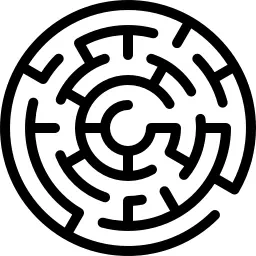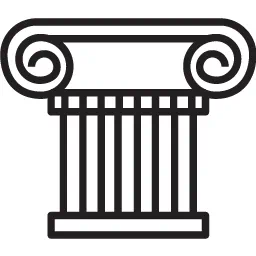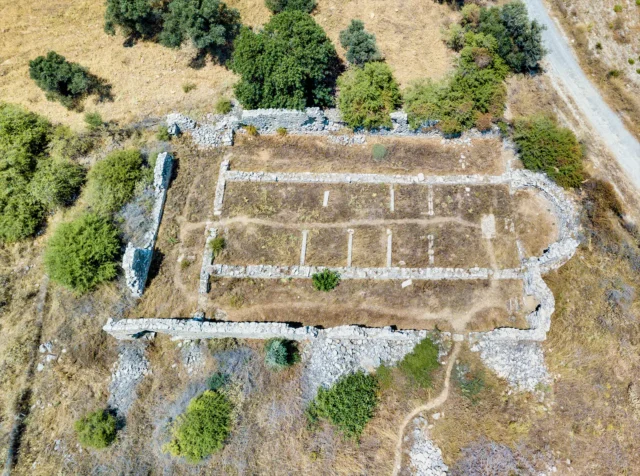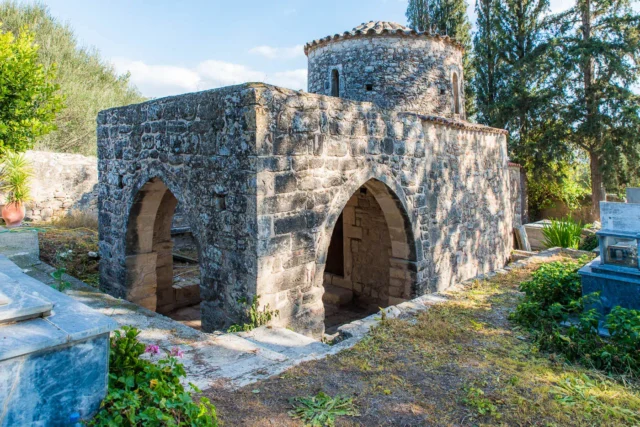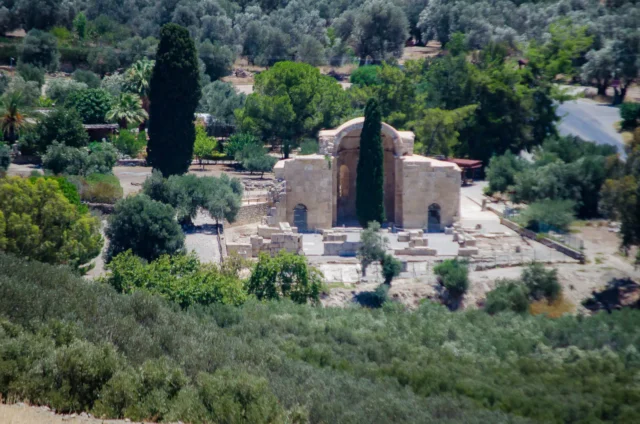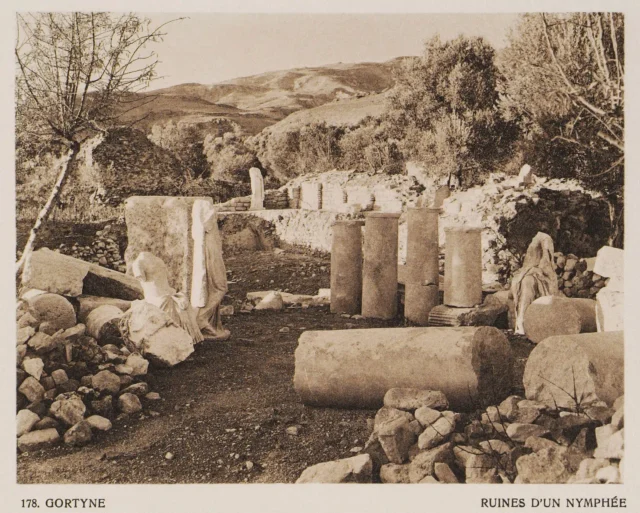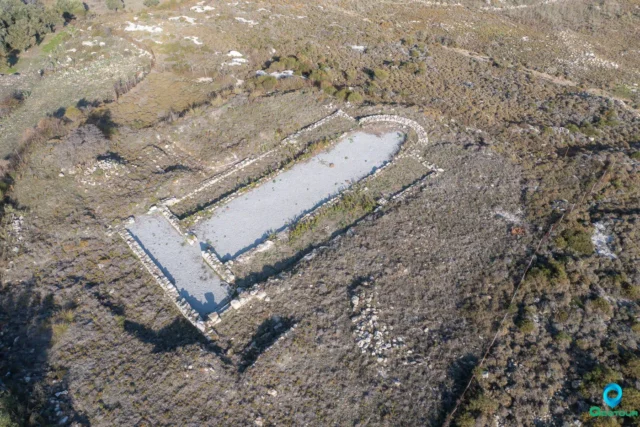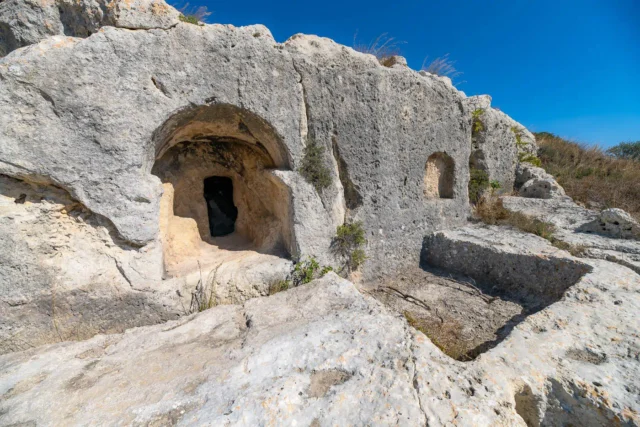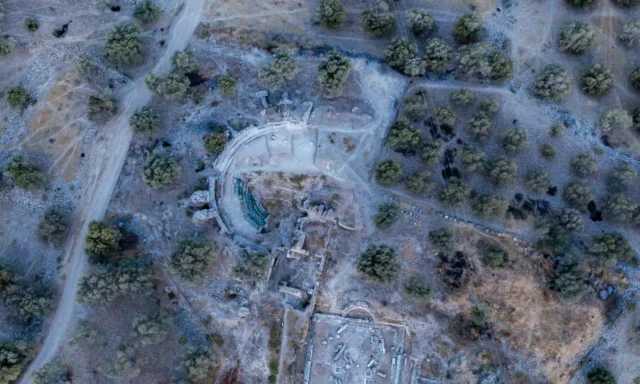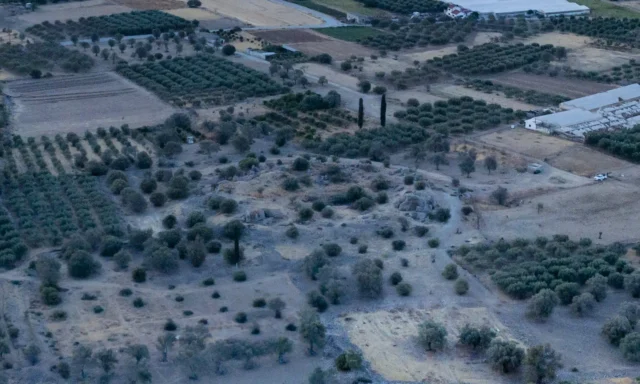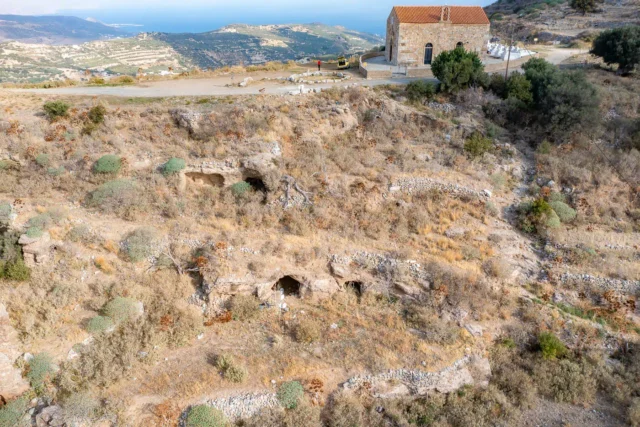Roman Conquest and Early Rule
The Roman conquest of Crete began in 69 BC under the command of Quintus Caecilius Metellus, finally concluding in 67 BC. Metellus earned the agnomen “Creticus” for his victory. Initially, Crete was joined with Cyrenaica as a single province, with Gortyn as its capital.
Urban Development
Cities
There were around 20 self-governing cities in Crete during the Roman period. These cities were organized into a confederacy known as the Cretan Koinon. Some of the most important cities included:
-
Gortyn: As the capital of the province, Gortyn was a major administrative center. The city was home to a number of important public buildings, including a praetorium, a nymphaeum, and a large bath complex. Gortyn also had a well-developed infrastructure, including an aqueduct, cisterns, and a network of secondary aqueduct branches.
-
Knossos: Knossos was a major economic center. The city was home to a number of important public buildings, including a civil basilica, a theater, and several baths. Knossos also had a well-developed infrastructure, including an aqueduct and a number of cisterns.
-
Chersonesos: Chersonesos was a major port city. The city was home to a number of important public buildings, including a theater, a monumental fountain, and massive water cisterns. Chersonesos also had a well-developed infrastructure, including an aqueduct and a harbor.
-
Lyttos: Lyttos was a major inland city. The city was home to a number of important public buildings, including a bouleuterion and a public building with several rooms. Lyttos also had a well-developed infrastructure, including an aqueduct.
Infrastructure
The Romans made significant improvements to the infrastructure of Crete. They built a network of roads, aqueducts, and public buildings. The aqueducts were particularly impressive, and some of them are still in use today. The Romans also made significant improvements to the harbors of Crete, making them some of the best in the eastern Mediterranean.
Economy
The Cretan economy underwent a major transformation during the Roman period. The island became a major exporter of agricultural goods, such as wine, olive oil, and honey. This led to a period of economic prosperity for Crete, which is reflected in the archaeological record. The Romans also introduced new technologies and ideas to Crete, which helped to further develop the island’s economy.
Culture
Crete was a melting pot of cultures during the Roman period. The island was home to people from all over the Mediterranean, including Greeks, Romans, Italians, and Egyptians. This led to a vibrant and cosmopolitan culture, which is reflected in the art and architecture of the period.
Late Roman and Early Byzantine Crete
The late Roman and early Byzantine periods were a time of change for Crete. The island was hit by a number of natural disasters, including earthquakes and volcanic eruptions. This led to a decline in the island’s economy and population. However, Crete remained an important part of the Byzantine Empire, and it continued to play a role in the cultural and intellectual life of the Mediterranean.
Conclusion
The Roman period was a time of great change for Crete. The island was transformed from a fragmented and isolated region into a prosperous and cosmopolitan province of the Roman Empire. The Romans left a lasting legacy on Crete, and their influence can still be seen today.


